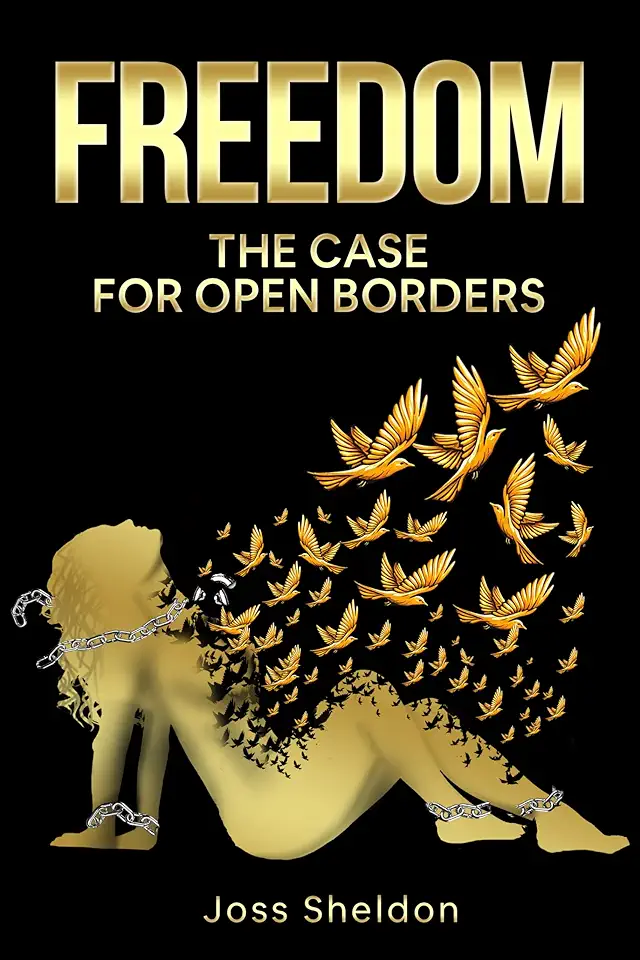
What is Documentation - Johanna Smit
What is Documentation?
A Guide for Information Professionals
In today's fast-paced world, information is more important than ever. But how do we make sure that information is accurate, accessible, and usable? That's where documentation comes in.
Documentation is the process of creating and managing information so that it can be easily understood and used by others. It can take many different forms, from simple instructions to complex manuals. But no matter what form it takes, documentation is essential for any organization that wants to communicate effectively and efficiently.
Why is Documentation Important?
There are many reasons why documentation is important. Here are just a few:
- Documentation helps to ensure that information is accurate and consistent. When information is documented, it is less likely to be misunderstood or misinterpreted. This can help to prevent errors and accidents.
- Documentation makes information more accessible. When information is documented, it is easier for people to find and use it. This can save time and effort, and it can also help to improve productivity.
- Documentation helps to improve communication. When information is documented, it is easier for people to communicate with each other. This can help to build relationships and trust, and it can also help to resolve conflicts.
- Documentation helps to protect intellectual property. When information is documented, it is easier to protect it from being stolen or misused. This can help to protect your organization's competitive advantage.
What are the Different Types of Documentation?
There are many different types of documentation, but some of the most common include:
- Technical documentation: This type of documentation provides information about how to use a product or service. It can include instructions, manuals, and FAQs.
- Business documentation: This type of documentation provides information about how a business operates. It can include policies, procedures, and reports.
- Legal documentation: This type of documentation provides information about legal matters. It can include contracts, agreements, and court filings.
- Medical documentation: This type of documentation provides information about a patient's medical history. It can include charts, records, and test results.
How to Write Effective Documentation
Writing effective documentation is a skill that can be learned. Here are a few tips:
- Start with a clear purpose. What is the goal of your documentation? What do you want readers to know or do after reading it?
- Organize your information logically. Make sure your documentation is easy to follow and understand. Use headings, subheadings, and bullet points to break up your text.
- Use clear and concise language. Avoid jargon and technical terms that your readers may not be familiar with. Use simple language that is easy to understand.
- Proofread your work carefully. Make sure your documentation is free of errors before you publish it.
Conclusion
Documentation is an essential part of any organization. It helps to ensure that information is accurate, accessible, and usable. By following the tips in this guide, you can write effective documentation that will help your organization communicate effectively and efficiently.
Call to Action
Order your copy of What is Documentation today and start learning how to write effective documentation that will help your organization succeed.